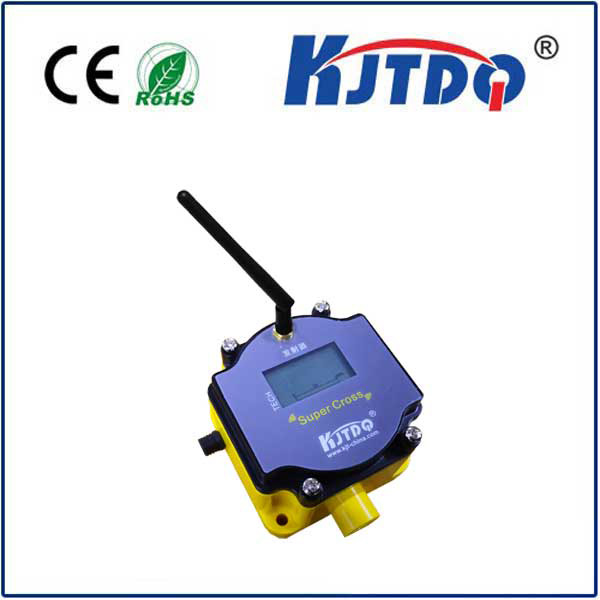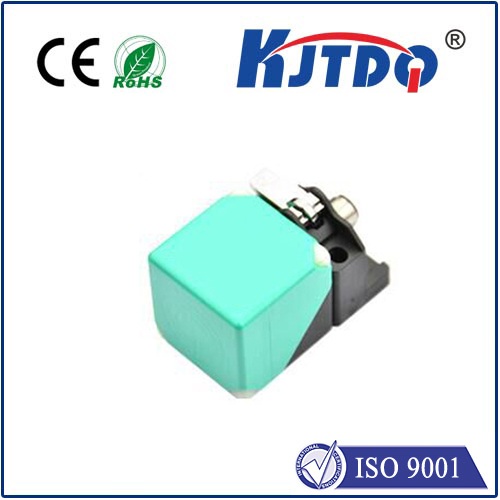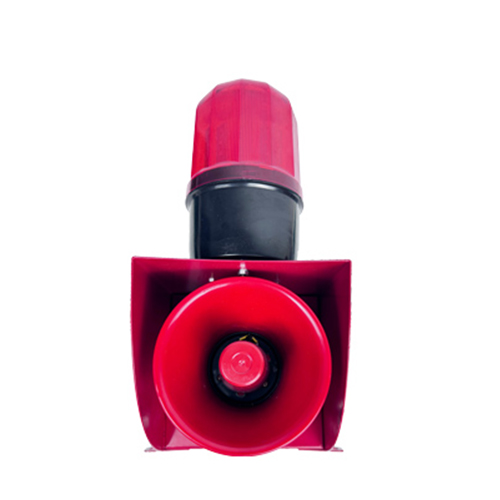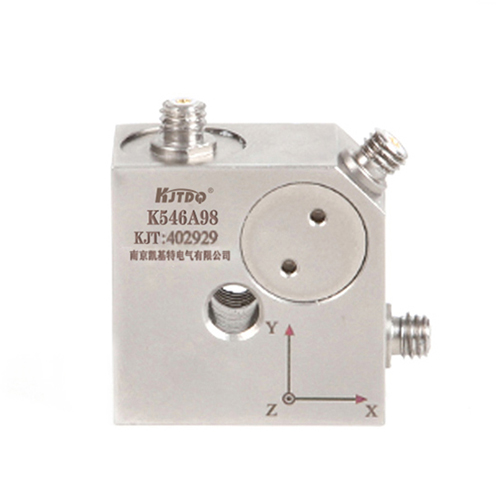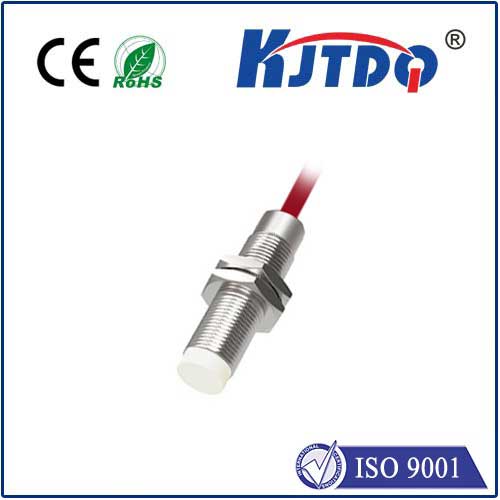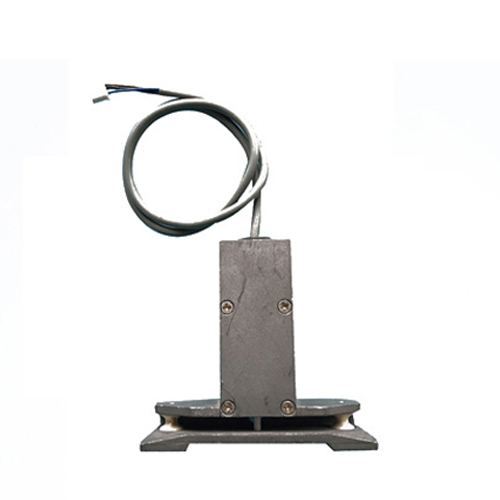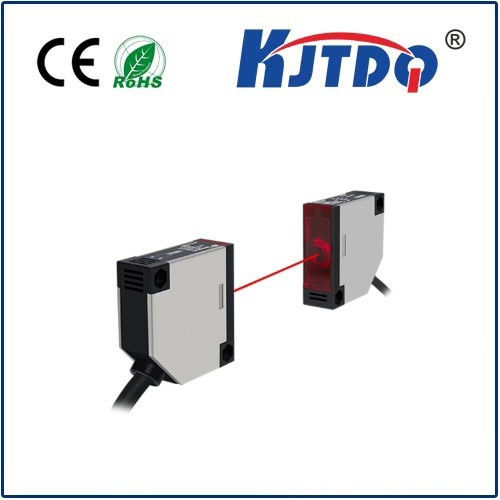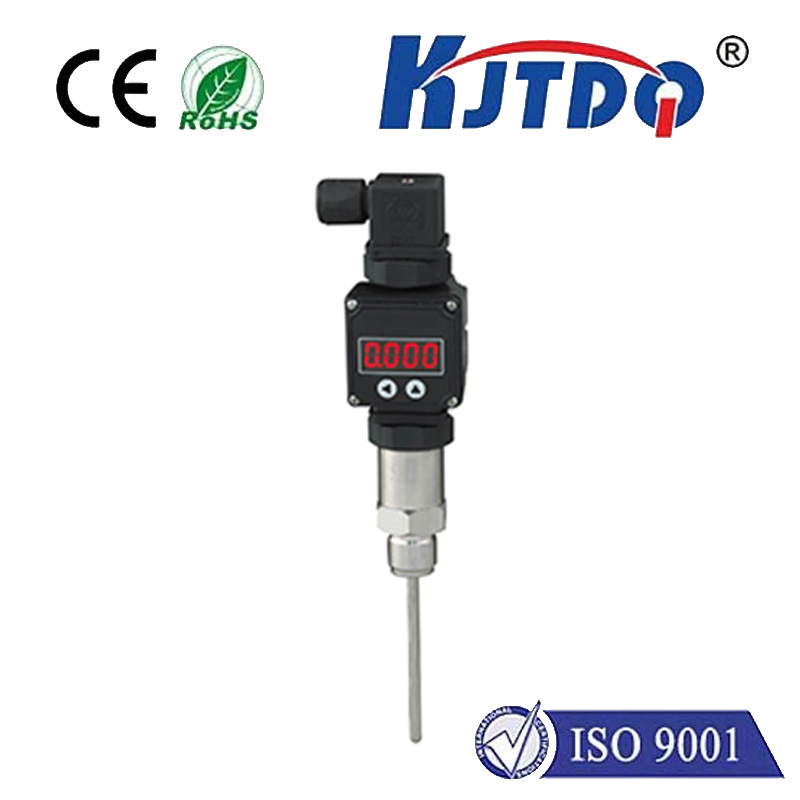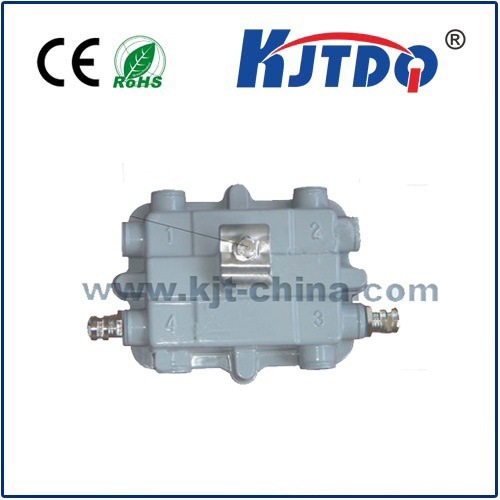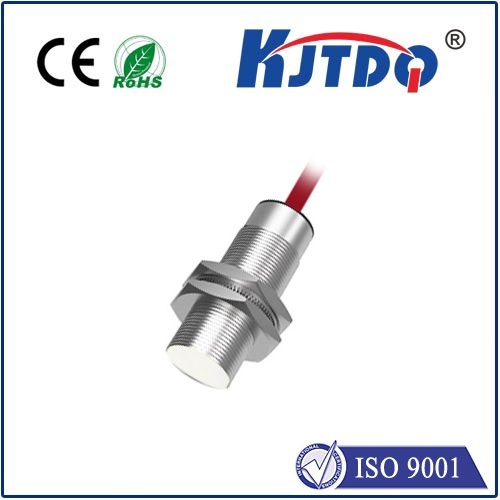BES02ZC proximity sensor
- time:2025-10-02 01:52:37
- Нажмите:0
BES02ZC Proximity Sensor: Precision Detection for Demanding Industrial Automation
Imagine a high-speed assembly line. Robotic arms move with lightning speed, precisely placing components. Conveyors shuttle parts seamlessly between stations. A critical question arises: How does the system know the exact position of a metal component milliseconds before the robot welds it? Or, how does a machine avoid a catastrophic collision if a guard door unexpectedly opens? The unsung hero in countless scenarios like this is often a small, rugged device: the inductive proximity sensor. Specifically engineered for reliability in tough environments, the BES02ZC proximity sensor stands as a prime example of this essential industrial technology.
Proximity sensors are the eyes of the automated world when physical contact isn’t desirable or possible. They detect the presence or absence of objects without touching them, using various physical principles. Inductive sensors, like the BES02ZC, are specifically designed to detect ferrous and non-ferrous metals. They generate an electromagnetic field; when a metallic target enters this field, it induces eddy currents within the target, which in turn alters the sensor’s own oscillation. This change is precisely detected, triggering an output signal. This non-contact operation makes them ideal for applications requiring high durability, resistance to contamination, and millions of operational cycles.

So, what makes the BES02ZC a noteworthy player in this field? Let’s delve into its defining characteristics:
- Robust M12 Form Factor: The BES02ZC typically features a threaded cylindrical M12 housing. This compact yet sturdy size makes it versatile for integration into machinery with space constraints while being robust enough to withstand industrial knocks and vibrations. Its threaded barrel allows for easy mounting and adjustment.
- Inductive Sensing Principle: As discussed, it excels at detecting metallic objects. This inherent technology provides several advantages:
- Non-Contact Operation: Eliminates wear and tear, ensuring long service life.
- High Switching Frequencies: Capable of detecting objects moving at high speeds, crucial for modern automation lines.
- Immunity to Surface Conditions: Oil, dust, dirt, and moisture generally do not affect its detection capability (depending on the specific model’s Ingress Protection rating).
- Defined Sensing Range: Every proximity sensor has a specified nominal sensing distance (Sn). The BES02ZC will have its own calibrated range (e.g., 2mm, 4mm, 8mm – exact value depends on the suffix/model variant). Crucially, it reliably detects standard targets (usually a square piece of Fe360 steel) within this specified distance.
- Reliable Electrical Outputs: Commonly available in industry-standard configurations:
- DC 3-Wire: Typically offering either NPN (sinking) or PNP (sourcing) transistor outputs. This allows flexible integration into diverse control systems (PLCs, controllers).
- NO/NC Options: Often configurable as Normally Open (closes circuit on detection) or Normally Closed (opens circuit on detection), providing design flexibility for safety or control logic.
- Built for Industrial Harshness: Engineered to perform reliably where it matters most:
- High Protection Rating (e.g., IP67): Resistant to dust ingress and capable of withstanding temporary immersion in water, making it suitable for washdown environments or outdoor use.
- Wide Temperature Range: Operates effectively in challenging thermal conditions commonly found in factories and process plants.
- EMC Immunity: Designed to resist interference from electromagnetic noise prevalent in industrial settings.
- Short-Circuit & Reverse Polarity Protection: Safeguards the sensor and connected circuitry from wiring mistakes or faults.
Where does the BES02ZC proximity sensor prove its worth? Its combination of robustness, reliability, and precise metal detection makes it indispensable across numerous sectors:
- Factory Automation: Position sensing of machine parts, cylinders (piston detection), end-of-stroke verification, presence/absence detection on conveyors, robotic tool changing confirmation, rotary table indexing. Its high cycle life is vital here.
- Packaging Machinery: Detecting metal cans, foil lids, or the presence of metallic components within packaging units. Reliability prevents costly line stoppages.
- Перевозка материалов: Monitoring pallet positions, verifying load presence on automated guided vehicles (AGVs), detecting metal rollers or chains. Its resistance to shock and vibration is key.
- Automotive Manufacturing: Countless applications in engine assembly, body-in-white processes, and final assembly lines for part verification and machine guarding. Precision and speed are non-negotiable.
- Станки: Tool breakage detection (using specialized targets), chuck clamping confirmation, part positioning on lathes and CNC mills. Near-metal environments demand stable operation.
Maximizing Performance: Installation and Considerations
For optimal performance of your BES02ZC proximity sensor, attention to installation details is crucial:
- Mounting: Ensure it is securely fastened. Avoid excessive mechanical stress on the housing or cable (if not connectorized).
- Sensing Distance: Respect the specified nominal sensing distance (Sn). Remember, factors like target size, shape, material type (steel, aluminum, brass), and mounting conditions (flush or non-flush) can influence the effective operating distance. Always consult the datasheet for target requirements.
- Environment: While robust, be mindful of extreme chemical exposure, high-pressure water jets exceeding its IP rating, or welding spatter directly hitting the sensing face. Protective shields are sometimes used.
- Electrical Connection: Correctly wire the DC voltage supply and load according to the sensor’s specifications (NPN vs. PNP, NO vs. NC). Using the recommended cable gauge and ensuring good connections prevents voltage drop and signal issues. Proper grounding is essential for noise immunity.
In the intricate dance of modern manufacturing and automation, the ability to detect presence, position, or absence reliably and without contact is fundamental. The BES02ZC proximity sensor, with its proven inductive technology housed in a rugged M12 package, offers a dependable solution. Its combination of a defined sensing range, robust construction suitable for demanding environments (IP67 protection, temperature resilience), and standard electrical interfaces makes it a versatile and trusted component on production lines and within machinery worldwide. Choosing the right sensor, like the BES02ZC, ensures precise control, enhances safety, prevents downtime, and contributes significantly to the smooth, efficient operation of automated systems. When metal detection is your requirement, the BES02ZC proximity sensor stands ready as a workhorse solution.

